Stable Doors
Stable doors are made to your exact sizes and requirements from a range of quality hardwoods, including European Oak, Iroko, Idigbo, Sapele, and Accoya.
Idigbo and Accoya are similar in appearance to oak, while Sapele has a rich colour and grain very similar to mahogany. Painted doors are made from selected hardwoods; however, for darker colours or black finishes, we highly recommend using Accoya for the best results.
Stable doors can be made to open in or out, with a choice of clear, patterned, or decorative glass, and a range of ironmongery options. Stable doorsets are supplied fully finished and pre-hung into the frame complete with modern, secure locking systems and handles.
Click HERE or on the stable doors below to see more of our bespoke stable doors.
Stable Door with Vision Panel and Frame – Made from Hardwood – SD1-43
Click on the door to see more one vision panel stable doors made from solid wood

Half Glazed Stable Door and Frame – Made from European Oak – SDHG-15
Click on the door to see more half glazed stable doors made from solid wood
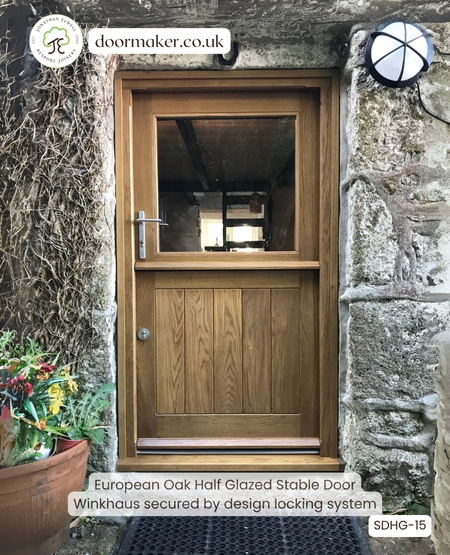
4 Pane Stable Door and Frame – Factory sprayed: RAL3020 Traffic Red Ref. SD4-52
Click on the door to see more 4 pane stable doors made from solid wood

Accoya Stable Door and Sapele Frame with Toplight
Click on the doors below to be taken to our stable door pages

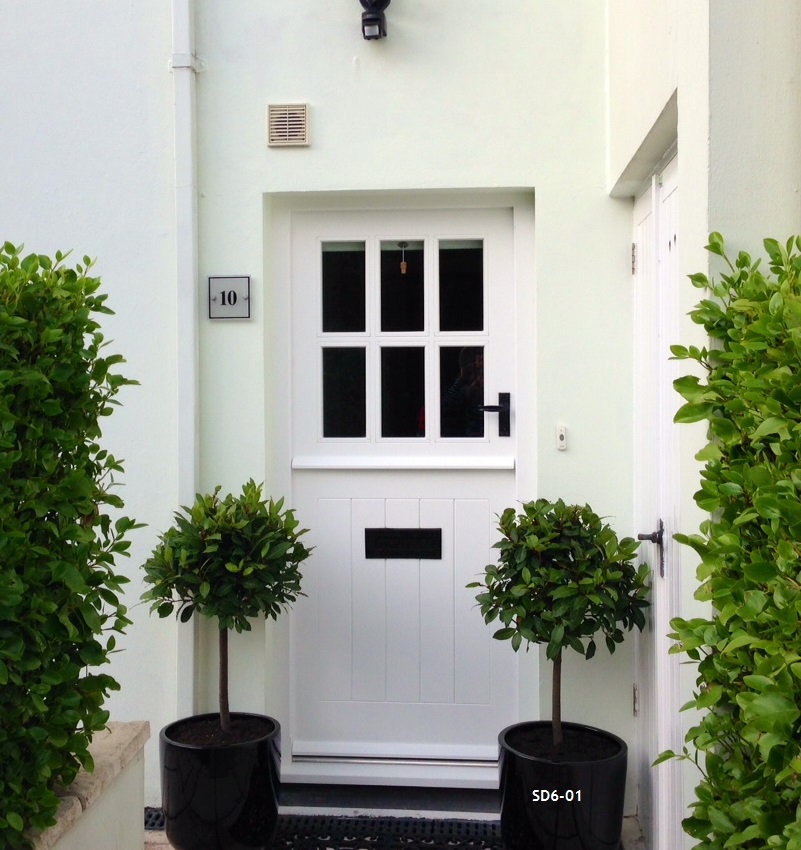
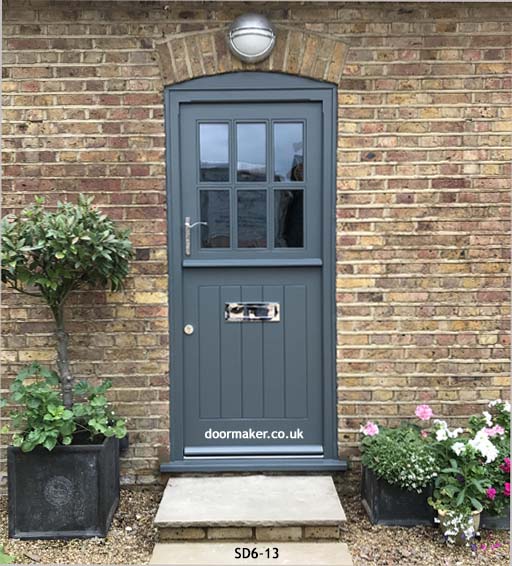

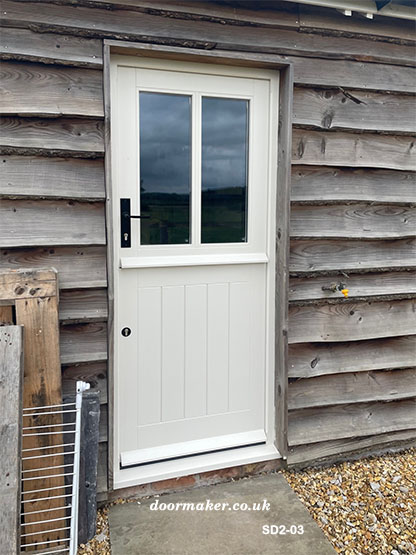
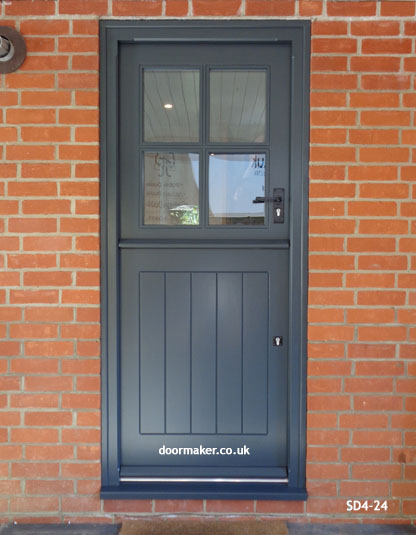

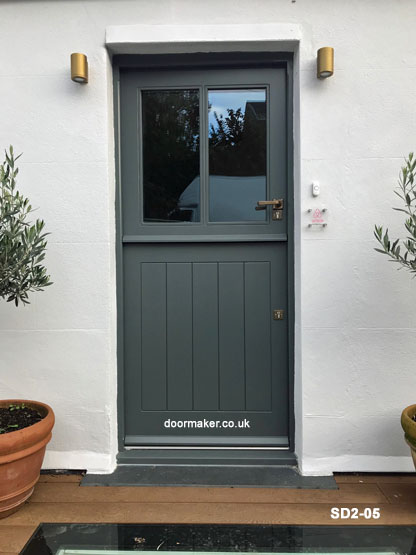
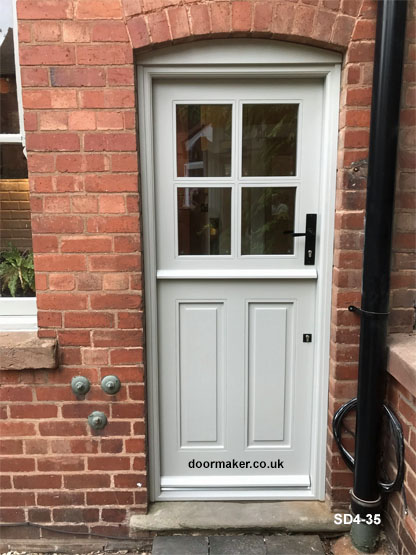
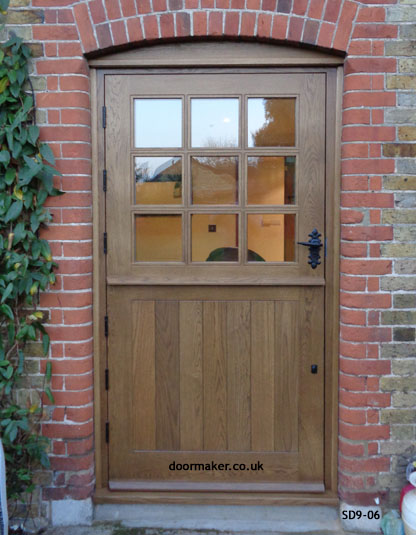
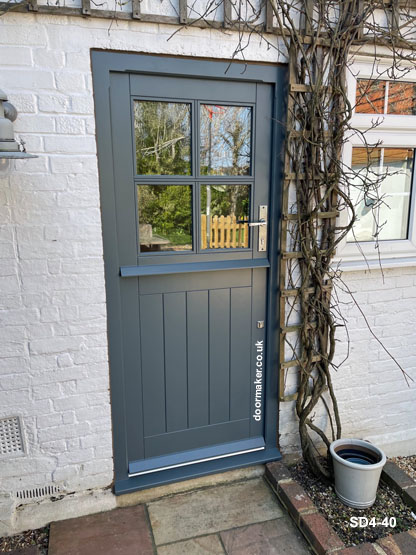
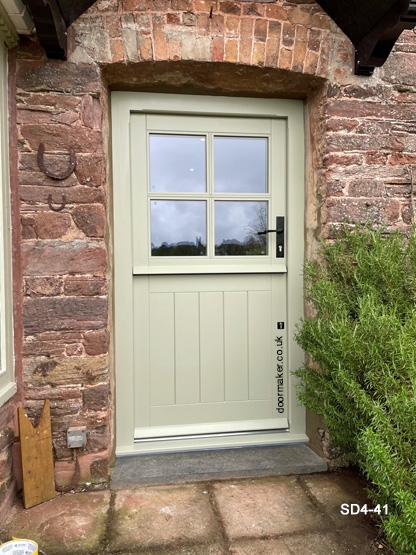
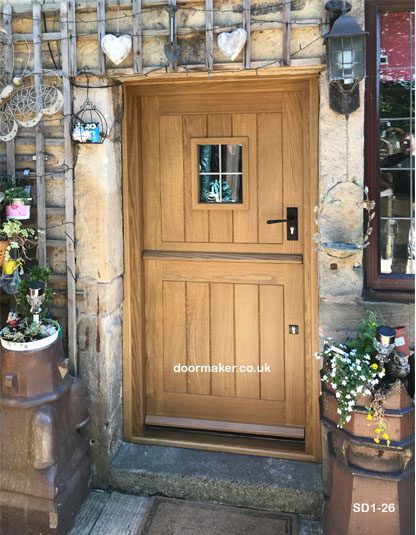


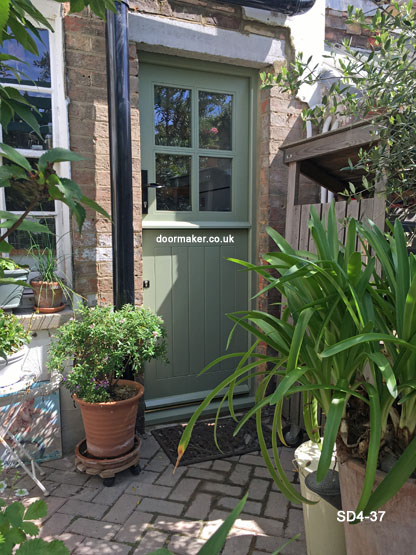


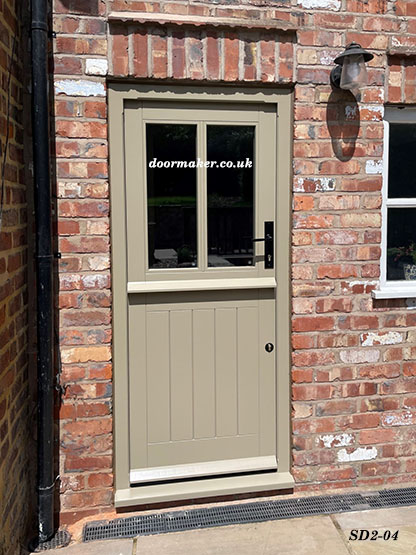

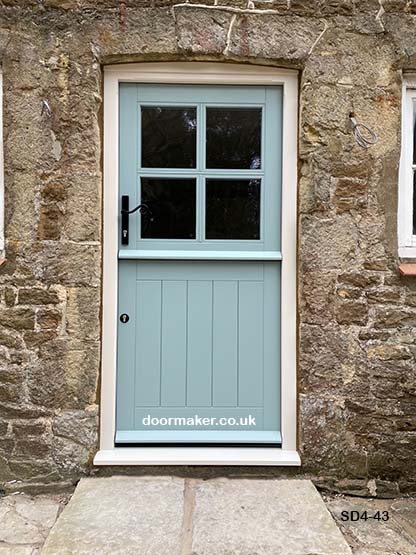
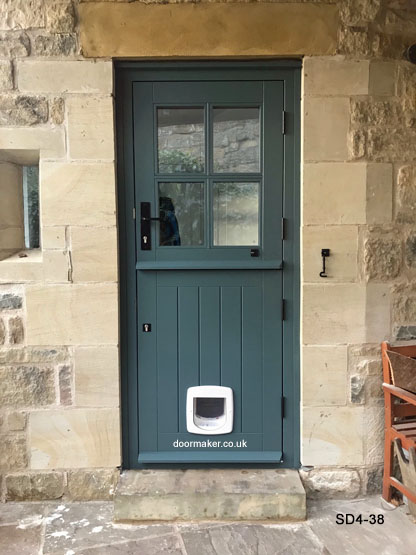
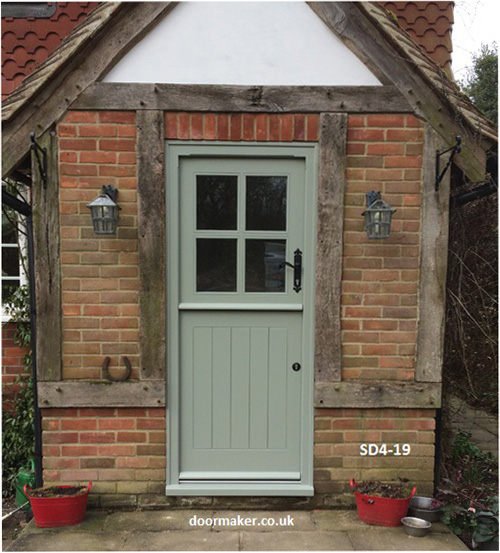

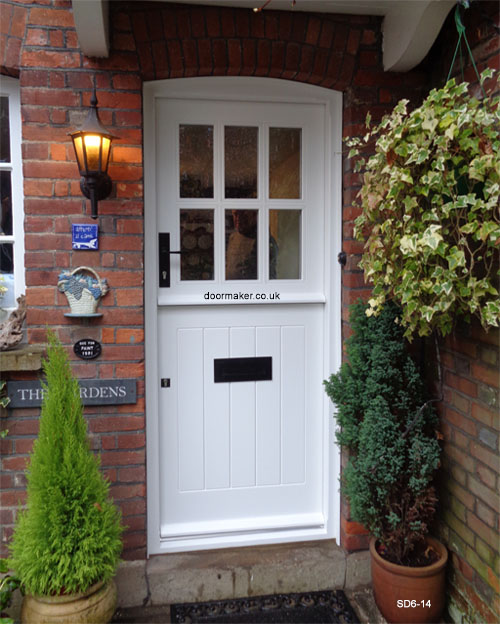
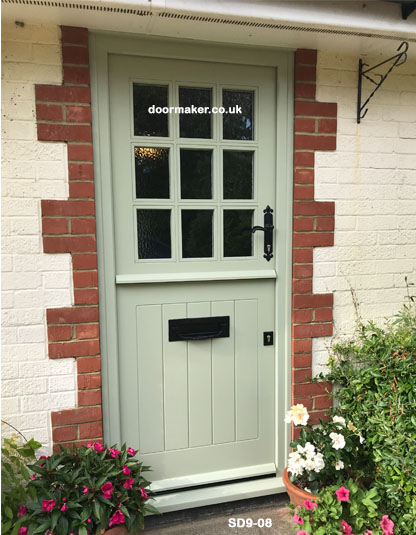
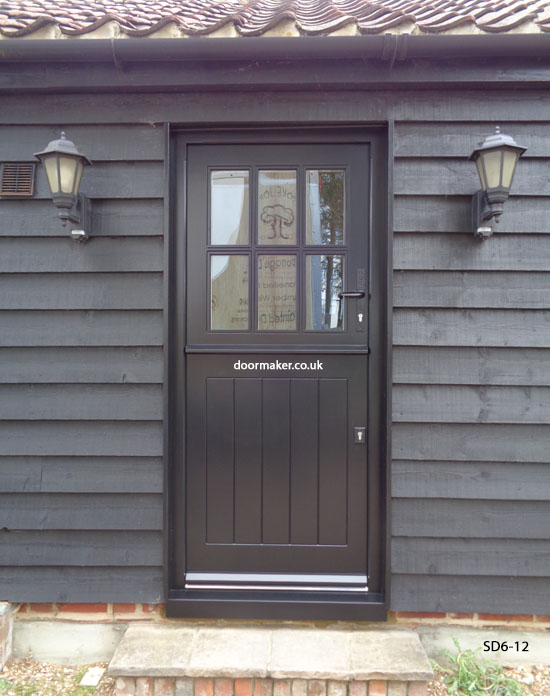

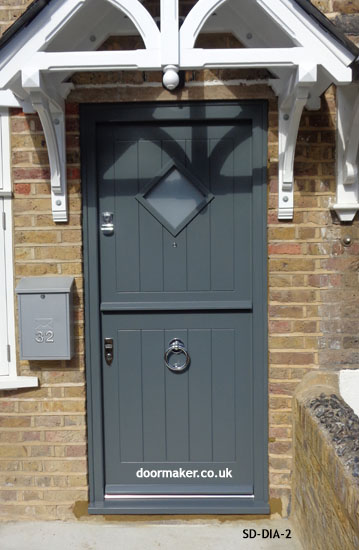

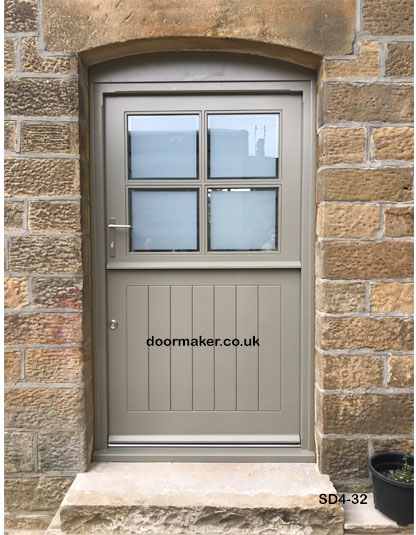
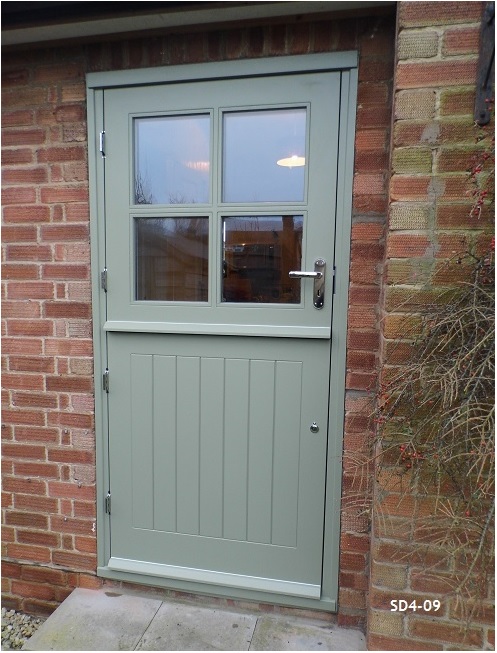





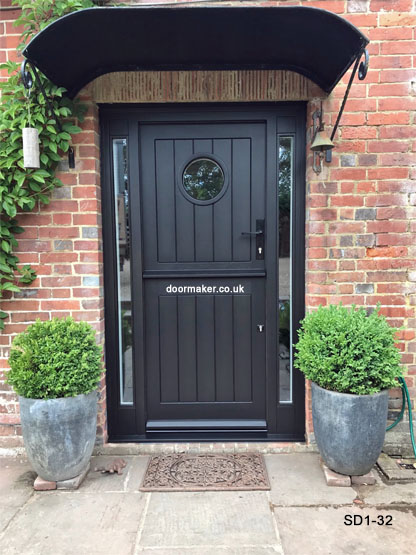
Watch our stable doors video – click the image below
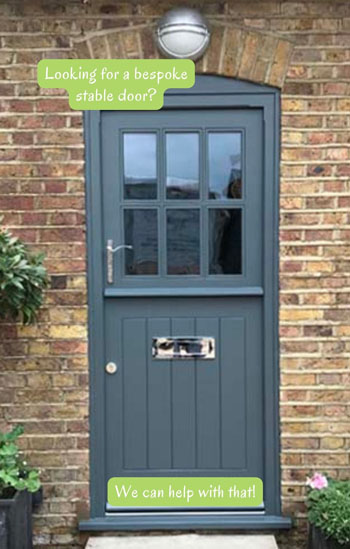
Stable doors (also known as Dutch doors) or half door, is a door divided horizontally in such a fashion that the bottom half may remain shut while the top half opens. Known in early New England as a double-hung door. The initial purpose of this door was to keep animals out of farmhouses, or keep children inside, while allowing light and air to filter through the open top. When the top half was open they also allowed the breeze, but stopped the wind from blowing street and lawn dirt into the house. This type of door was common in the Netherlands in the seventeenth century and appears in Dutch paintings of the period. They were also commonly found in the Dutch cultural areas of New York and New Jersey before the American Revolution.
Click here to read more from Wikipedia
